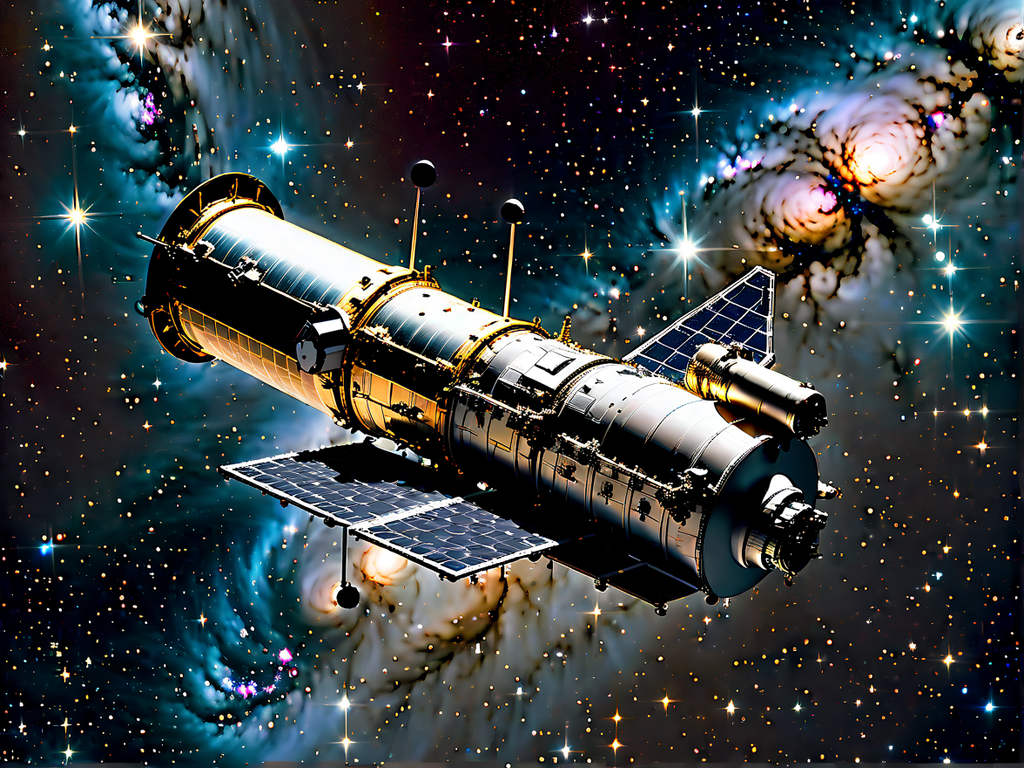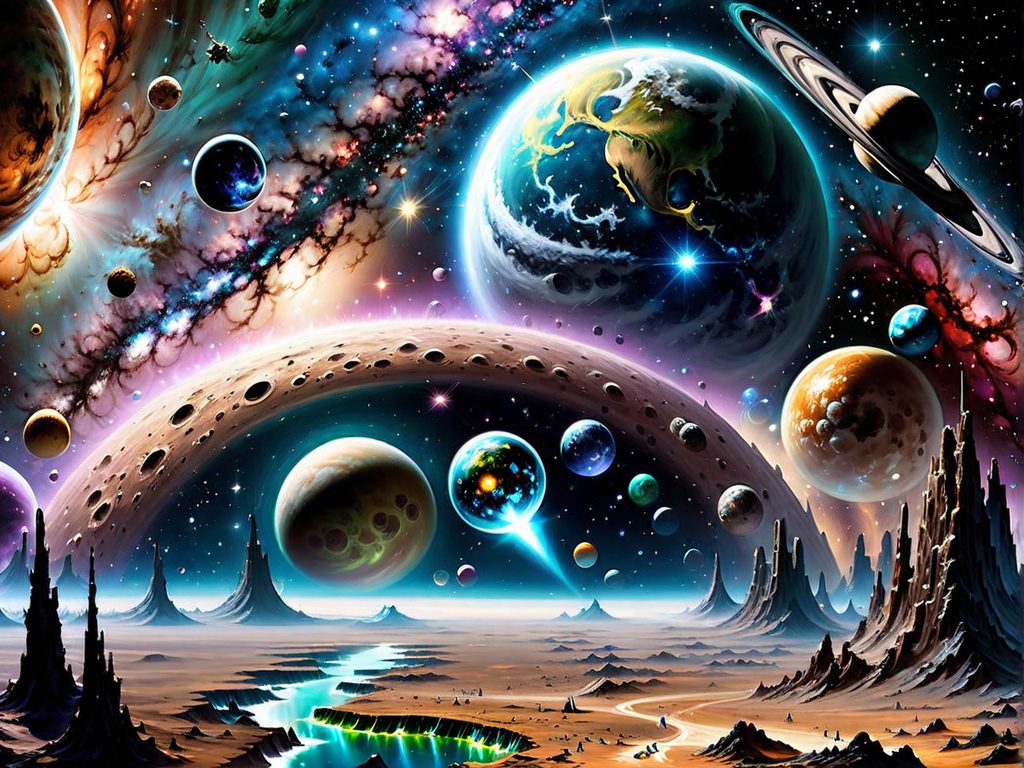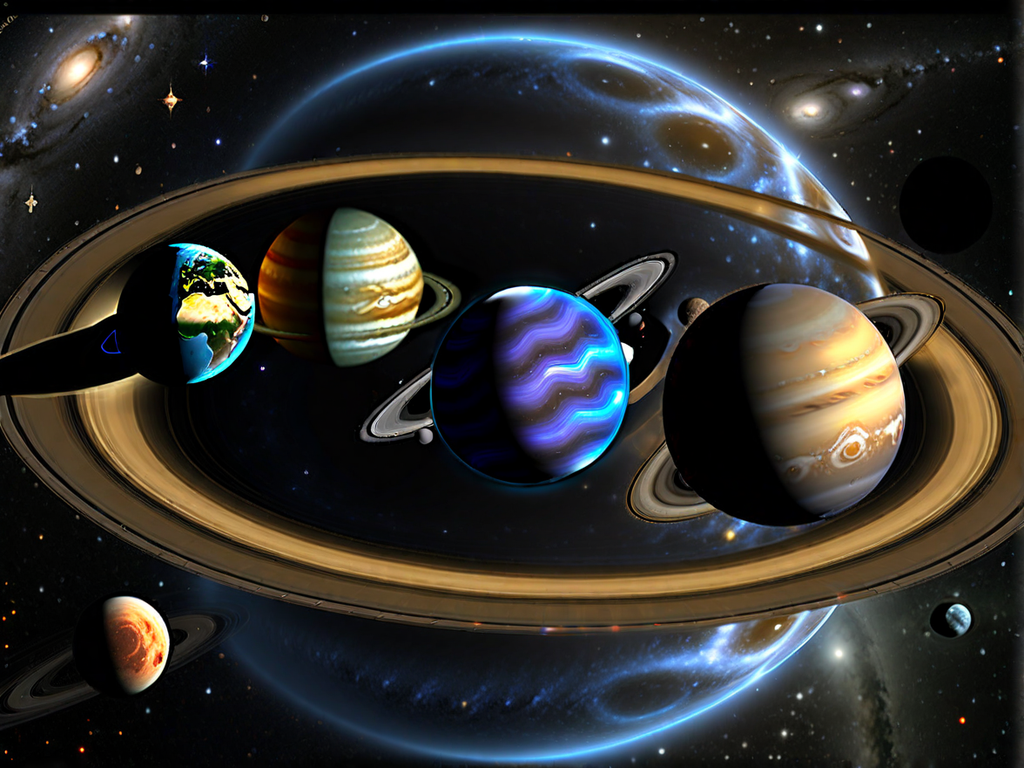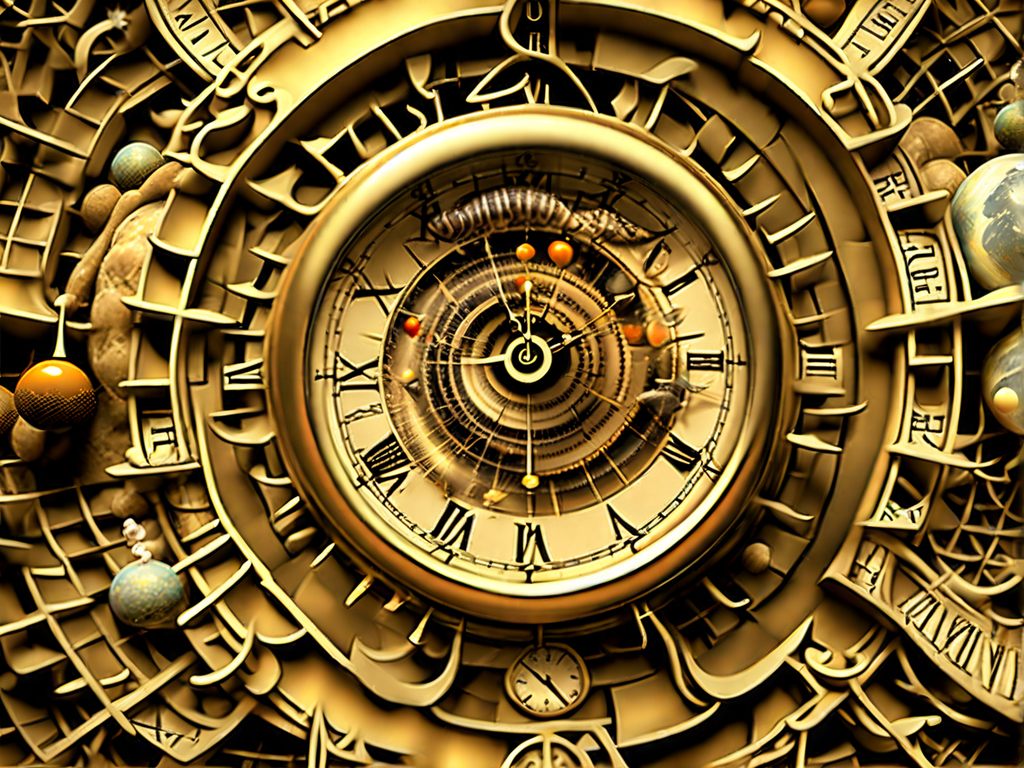The cosmos is a realm of wonders, and the universe never ceases to amaze with its bizarre and bewildering celestial objects. From eerie cosmic phenomena to enigmatic entities, the universe is a treasure trove of astronomical oddities that challenge our understanding of space and time. In this exploration, we will delve deep into some of the weirdest objects in space, inviting you to contemplate the boundless mysteries of the cosmos.

Black Holes: The Abyss of Gravity
Black holes are among the most enigmatic entities in the universe, characterized by their intense gravitational pull that not even light can escape. They form when massive stars collapse under the force of their own gravity. Black holes are so strange that they warp the fabric of spacetime around them, creating singularities at their cores. The event horizon, an invisible boundary surrounding a black hole, marks the point of no return. Anything that crosses this boundary is forever lost to the singularity, making black holes one of the most intriguing yet eerie phenomena in space.
Neutron Stars: Pulsars and Magnetars
Neutron stars are the remnants of massive stars that have undergone a supernova explosion. These incredibly dense celestial objects are composed almost entirely of neutrons. Pulsars are a type of neutron star that emits intense beams of radiation from its magnetic poles. As the neutron star rotates, these beams are detected as regular pulses of light. Magnetars, on the other hand, are even more bizarre. These neutron stars possess outrageously strong magnetic fields that can cause violent outbursts of X-rays and gamma rays, challenging our understanding of the limits of magnetic forces in the universe.
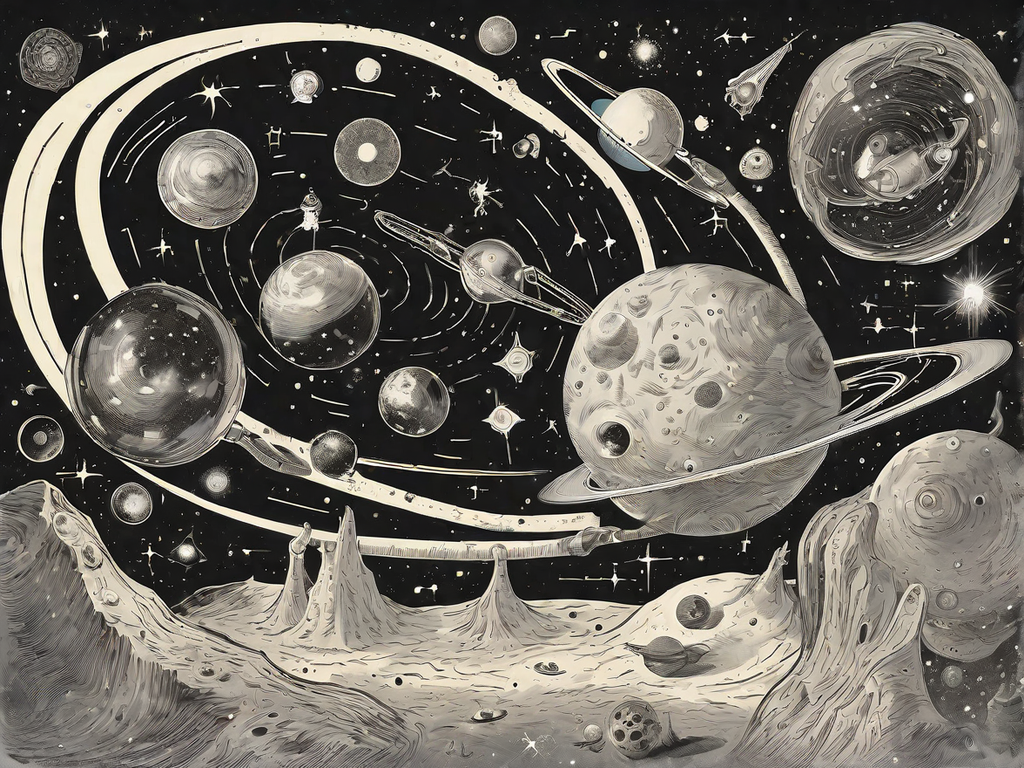
Quasars: Cosmic Light Show
Quasars, short for “quasi-stellar radio sources,” are some of the most distant and luminous objects in the universe. These bizarre entities are believed to be powered by supermassive black holes at the centers of galaxies. As matter falls into the black hole, it forms an accretion disk that emits intense radiation, often in the form of highly energetic jets. Quasars can outshine entire galaxies and serve as cosmic lighthouses that illuminate the early universe. Their strange combination of extreme brightness and immense distance makes quasars some of the weirdest objects we observe.
White Dwarfs: Earth-sized Gems
White dwarfs are what remain when stars, similar to our Sun, have depleted their nuclear fuel. These curious objects are incredibly dense, packing a mass comparable to the Sun into a volume roughly the size of Earth. As white dwarfs cool down, they emit a faint, eerie glow, fading into the darkness of space. In the distant future, our Sun will undergo a similar transformation, becoming a white dwarf, serving as a reminder of the universe’s ever-evolving nature.
Dark Matter: The Cosmic Enigma
Dark matter is not a traditional celestial object, but it is perhaps the strangest entity in the universe. It is invisible, doesn’t emit, absorb, or reflect light, and yet it makes up a significant portion of the universe’s mass. We can’t directly observe dark matter, but we can infer its presence through its gravitational effects on visible matter. The nature of dark matter remains one of the most profound mysteries in astrophysics and challenges our understanding of the fundamental building blocks of the cosmos.
Exoplanets: Alien Worlds
The discovery of exoplanets, or planets orbiting stars outside our solar system, has revealed a plethora of bizarre and exotic worlds. Among them are “hot Jupiters,” gas giants that orbit their stars at incredibly close distances, and “rogue planets” that drift through space without a parent star. The existence of these diverse exoplanets has broadened our perception of what constitutes a habitable world and has left us pondering the potential for extraterrestrial life.
Cosmic Microwave Background: Echo of the Big Bang
The cosmic microwave background (CMB) is a subtle and all-encompassing form of radiation that saturates the entire universe. It is a remnant of the Big Bang, the explosive birth of the cosmos. Discovered in 1964, the CMB provides a snapshot of the universe’s early moments when it was just a hot, dense soup of particles. Studying the CMB has unlocked a wealth of information about the universe’s evolution and the formation of galaxies, leaving us with profound questions about the nature of the Big Bang itself.
The Cosmic Oddities Unveiled
Astronomical oddities like black holes, neutron stars, quasars, and dark matter challenge our understanding of the cosmos and push the boundaries of our knowledge. The universe’s penchant for the strange and extraordinary continually captivates our imagination and invites us to contemplate the mysteries of the cosmos.
Share Your Thoughts
As we conclude our journey through some of the weirdest objects in space, we invite you to share your thoughts and reflections. Which astronomical oddity intrigues you the most, and what questions do they raise in your mind? The universe is an endless source of wonder and curiosity, and exploring its oddities keeps us engaged in the endless quest to understand the cosmos. Let’s continue the conversation and delve deeper into the enigmatic realm of space together.







